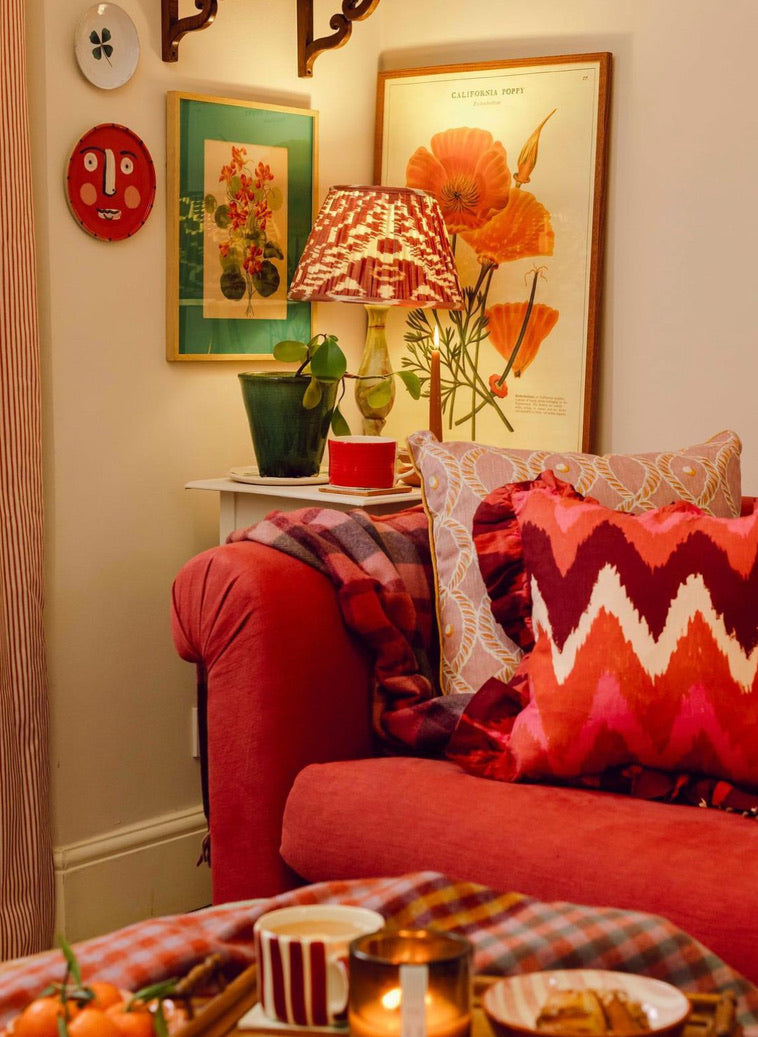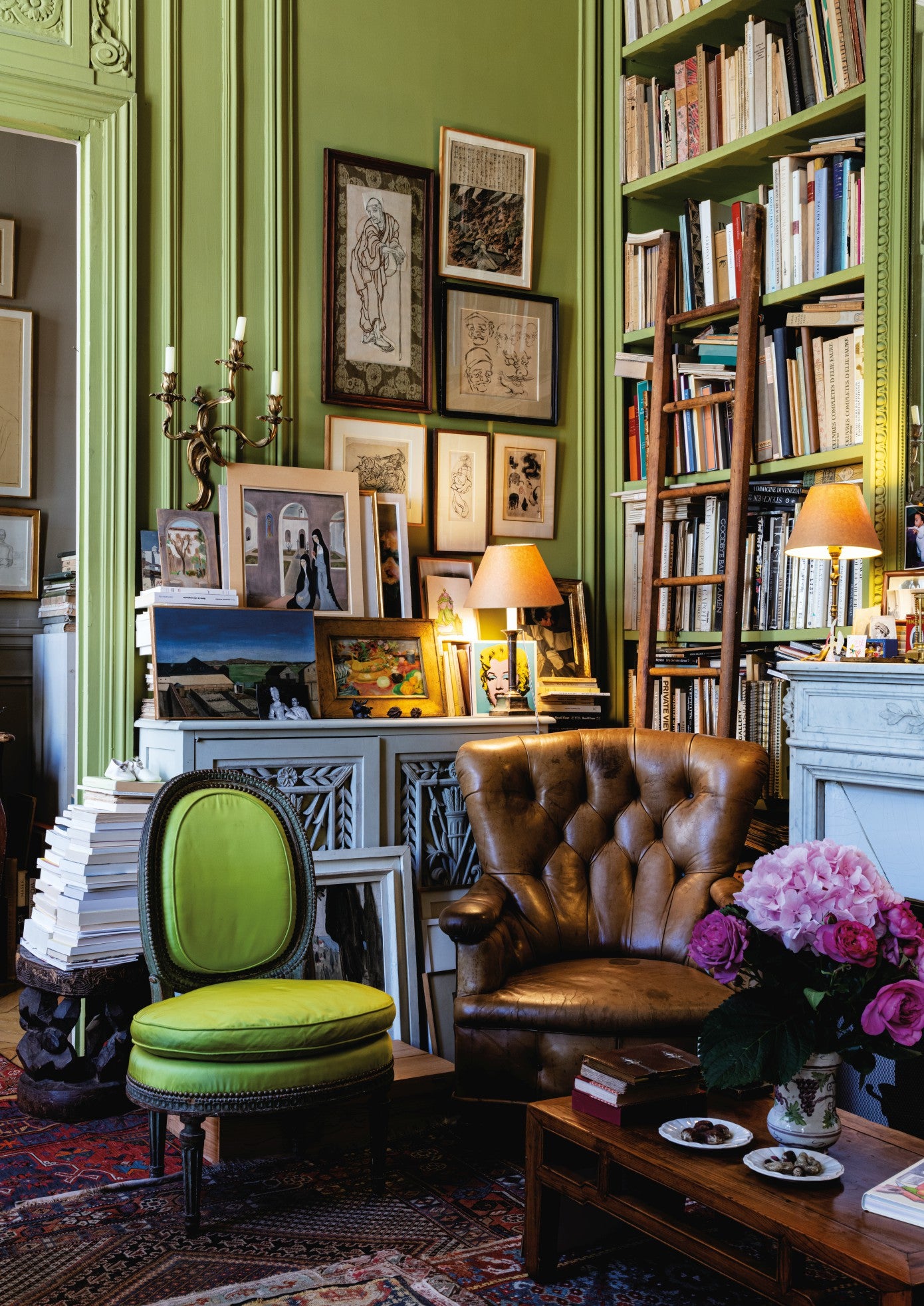Paul Cezanne: Figuration, Landscapes and the Everyday
As a Courtauld Student, I have the privilege of seeing their large collection of Paul Cezanne's masterpieces whenever I please. Situated in Somerset House are some of the most important and influential paintings of the 19th century, including those of Cezanne's Montagne Sainte-Victoire with Large Pine (c. 1887) and The Card Players (1892–1895) of which I have delivered a talk on to the public in the gallery alongside my studies. Here, I summarise some of the main points of my talk, highlighting how Cezanne created rural landscapes, dignified the farmworkers of his home in Provence through figurative imagery, and constructed his spellbinding portrayal of everyday life.

Paul Cezanne, Montagne Sainte-Victoire with Large Pine (c. 1887), oil on canvas, The Courtauld, London (Samuel Courtauld Trust) © The Courtauld
Cezanne created three canvases of the mountain at his home of Aix-en-Provence, yet he would have created around 100-150 sketches in preparation for this piece. The scene depicts the view from Cezanne's own home which he loved dearly, which is composed of sweeping branches and leaves of a pine tree framing the foreground, and the vast expanse of farmland reaching the Montagne Sainte-Victoire in the background. Greens, blues, yellows, and pinks compile the dry, rustic landscape so to create the sense of warmth and aridness native to Southern France. Nature dominates the landscape, with small farm buildings dotted intermittently between stretches of grassland.
Depth and perspective were major areas of experimentation for Cezanne, which he explored through his fascination with geometry and colour. Here, a certain flatness is created through his use of bold outlines and geometric horizontal and vertical lines which constructs a simultaneously rigid yet fluid landscape. Perspective also becomes relative and subjective, yet simultaneously universal. It was these contradictions and investigations of how we see the world which makes his work so enduring.

Paul Cezanne, The Card Players (1892-1895), oil on canvas, The Courtauld, London (Samuel Courtauld Trust) © The Courtauld
Arguably one of the most famous paintings in the world, three versions of The Card Players exist, depicting two men of Provence playing cards in a tavern during their work break. Cezanne used farm workers from his father's estate to model the two figures separately, sketching them hundreds of times to then piece them together to create this composition through paint. The image is mirrored, with both figures sitting opposite each other with their eyes transfixed on their card game. Smartly dressed yet rugged, the colours of this piece seem to sparkle and vibrate, with no clear source of light visible meaning the painting glows from within.
Dynamism is another mode of experimentation for Cezanne, with modern technology revealing that underneath this series of paintings, it is clear that he repainted the contours of the men multiple times, as indicated by the thick application of paint in some areas. Cezanne gave himself the challenge of painting a still-life of living, breathing people, with his extreme preparation and time spent working on it proving the difficulty of this feat.
The perspective of this painting is also disjointed, meaning that the table and the men sit at a slanted angle, as if the viewer themselves is moving. The men's bodies are also monumental compared to the size of their small heads, meaning that Cezanne was not looking to replicate real life but to capture the constant dynamism of movement within the tavern, with still images not being seen in real life unless through the then-recent invention of photography. Overall, Cezanne expertly captures a scene from mundane, ordinary life, dignifying the quiet lives of these farmworkers and immortalising them through paint.

Staffan Nihlén, Southern Landscape (20th Century), oil on canvas, available at Collins & Green Art
Cezanne remains one of the most influential artists to have ever painted, and his work clearly inspired many of the vintage artworks found here at Collins and Green Art. Here, Staffan Nihlén replicates the blues, oranges, pinks and greens of Southern France and Cezanne's own palette, providing a snapshot of the buildings and mountains. This mountain in the background is made up of a patchwork of fields and angles, evidence of the artist also experimenting with depth and perspective in a similar way to Cezanne. The brushwork and bold outlines of this piece also draws parallels with his work, with the paint vibrating and glowing in certain areas of the canvas.
Ann-Marie Ekbom-Wikström, Southern Mountains (1962), oil on panel, available at Collins & Green Art.
Perhaps you're a huge Cezanne fan, or before this article you weren't too familiar with his work at all. Either way, I hope this has been an interesting introduction to his use of perspective and colour in his landscapes and figurative artworks of his home in Provence. It is clear the influence he had on art of the 20th century through to contemporary art today, shifting our ideas of perspective from that of the subjective to the relative, proving that this once-deemed rational area of the visual is in fact a brilliant quality for artists to experiment with.
By Eloise Saggers, Collins & Green Art



